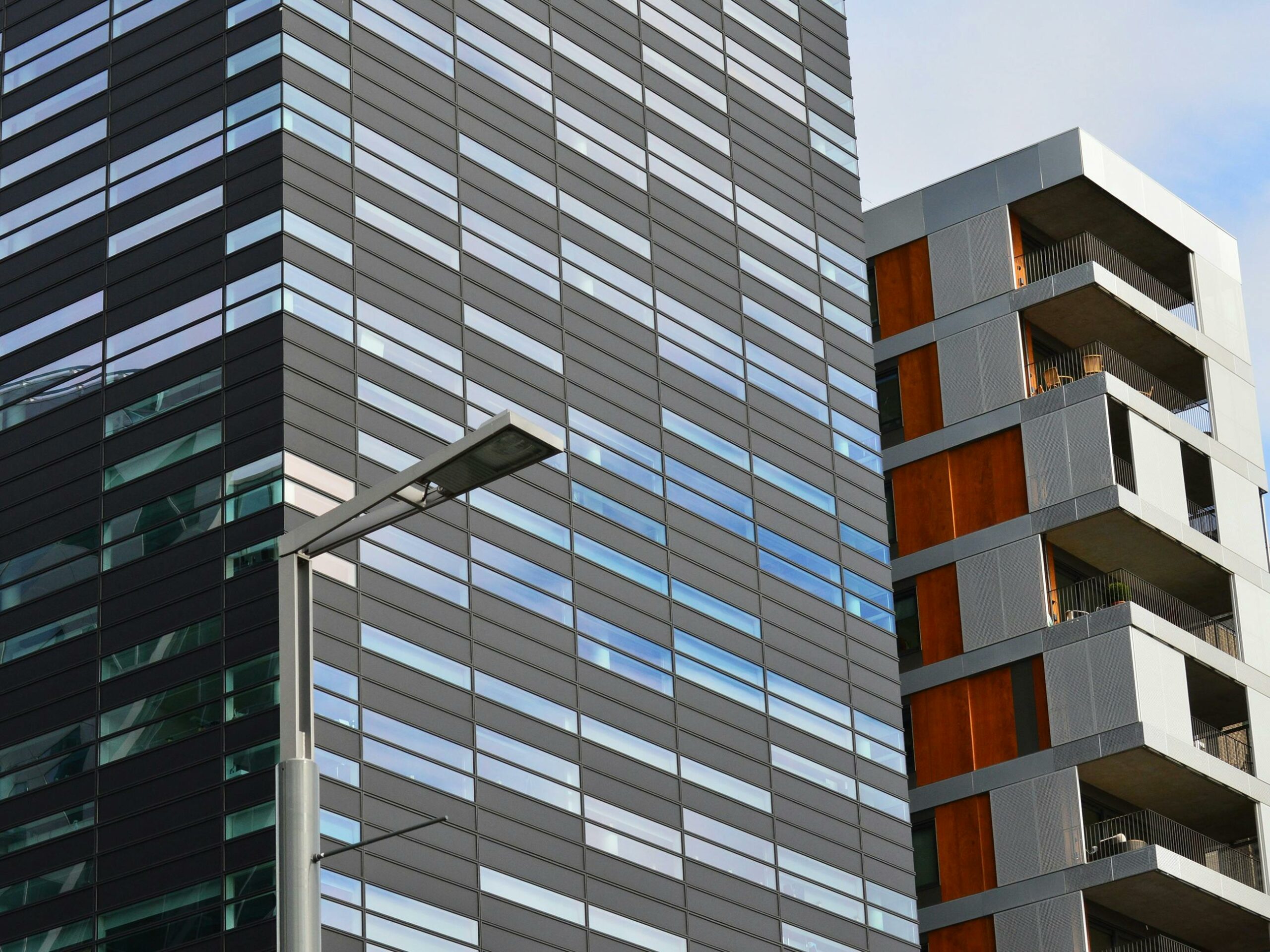Commercial properties can have a lot of occupants. If these well-trafficked areas aren’t maintained and cleaned regularly, you could be looking at some serious mold issues. Glen Mills mold evaluation can take multiple steps. This blog can show you what key areas to keep in mind to keep your indoor air quality clean and the effectiveness of mold remediation done by professionals. Read on for a safer environment!
The Importance of Mold Remediation
Mold infestation can come fast and hard if not dealt with properly. Mold remediation is great for everyone because mold can lead to serious health issues, including allergies and respiratory problems. It doesn’t only affect the occupants in a building but also anybody that comes in. This can include mailmen, plumbers, guests, property managers, and more. Therefore, mold remediation, preferably by professionals, is essential for Glen Mills commercial properties.
Indoor Air Quality
People don’t always think about the quality of the air they breathe, but INQ does. We can help give your environment the healthy and productive treatment it needs by testing mold spores, regular cleaning, maintenance of HVAC systems, and even looking into unit ventilators. Ventilation systems are actually the most important thing for airflow because they can reduce carbon dioxide levels as well as improve heat transfer and climate control.
The Remediation Process
So, how does remediating mold work? INQ Indoor Air usually refers to our process as the 7 C’s of Mold Remediation – Contents, Containment, Cutting, Coatings, Cleaning, Clearance, and Closing. Contents mean to remove or protect items within the containment area, so what is salvageable? Also, containment is sealing off the affected area so that no one who isn’t a professional can come in and breathe dangerous mold spores. Our team usually does this with temporary wood framing or plastic. Then, cutting is removing contaminated materials like insulation or drywall. We also have coatings and cleanings which really are deep cleaning techniques that thoroughly go through and prevent future mold growth, usually in air ducts or commonly used surfaces. Finally, we have clearance and closing, which is a final inspection to ensure the area is mold-free, then reconstruct the affected area back to new.
Evaluating Remediation Outcomes
Property owners are in charge of evaluating the mold remediation process post-process to ensure its success. Look for visible mold stains and musty odors, check the HVAC system for proper operation, and gather occupant feedback. Since you can’t be in the building all the time, it’s important to hear from your tenants about any discomfort or issues.
Maintaining a Mold-Free Environment
Make sure the mold you get rid of doesn’t come back. It seems easier said than done, but the main thing you need to do is moisture control. Keep your humidity levels in check and promptly repair water damage or leaks as soon as you see them. Also, schedule periodic inspections with professionals like INQ to identify potential mold issues before they escalate.
Is mold an OSHA violation?
The Occupational Safety and Health Administration (OSHA) does not have a specific standard for mold in the workplace. However, it does state that employers have a general duty to provide employees with a safe and healthy work environment free from recognized hazards. Therefore, if mold is present in the workplace and poses a health risk to employees, it could be considered an OSHA violation.
Property owners and facilities managers must prioritize regular inspections and maintenance of their commercial properties to avoid potential OSHA violations related to mold. This includes promptly addressing any moisture issues or visible signs of mold growth.
Is mold poisoning or toxicity permanent?
Mold toxicity or poisoning can have serious and long-lasting effects on the mind and body. If you’re exposed to toxic mold for a certain amount of time, your body can even experience neurological problems. Some of this may still occur even after the mold has been removed. However, it is rare that it could cause permanent damage. It entirely depends on how long you’ve been exposed to this kind of mold and how much your body reacts to it. For instance, if you’re less sensitive to mold, it may not affect you as it would with someone who has a high sensitivity to it. Overall, if you have mold poisoning or think you do, seek medical attention and make sure you are around mold growth as little as possible.
Why is mold more common in older buildings?
Older buildings or historic properties often have outdated equipment, including ventilation systems, structural, and plumbing issues. A lot of times, those facility managers don’t get around to getting equipment updates or routine inspections. Then, moisture occurs, and once moisture is in, mold is soon to follow. Also, older buildings tend to have more wear and tear just from dealing with weather conditions, foot traffic, and more over the years. Age is inevitable, but as a property manager of an older building, it is your job to make sure proper maintenance occurs and prioritize clean and safe environments.
Conclusion
Effective mold remediation in Glen Mills commercial properties is crucial for ensuring a healthy and safe environment. By focusing on indoor air quality, following a comprehensive remediation process, and conducting thorough evaluations, property owners and facilities managers can protect the wellbeing of building occupants and maintain the integrity of their properties.
If you’re facing mold issues or want to improve your indoor air quality, don’t wait. Contact INX Indoor Air Quality today to get started on creating a healthier environment for your commercial property.



